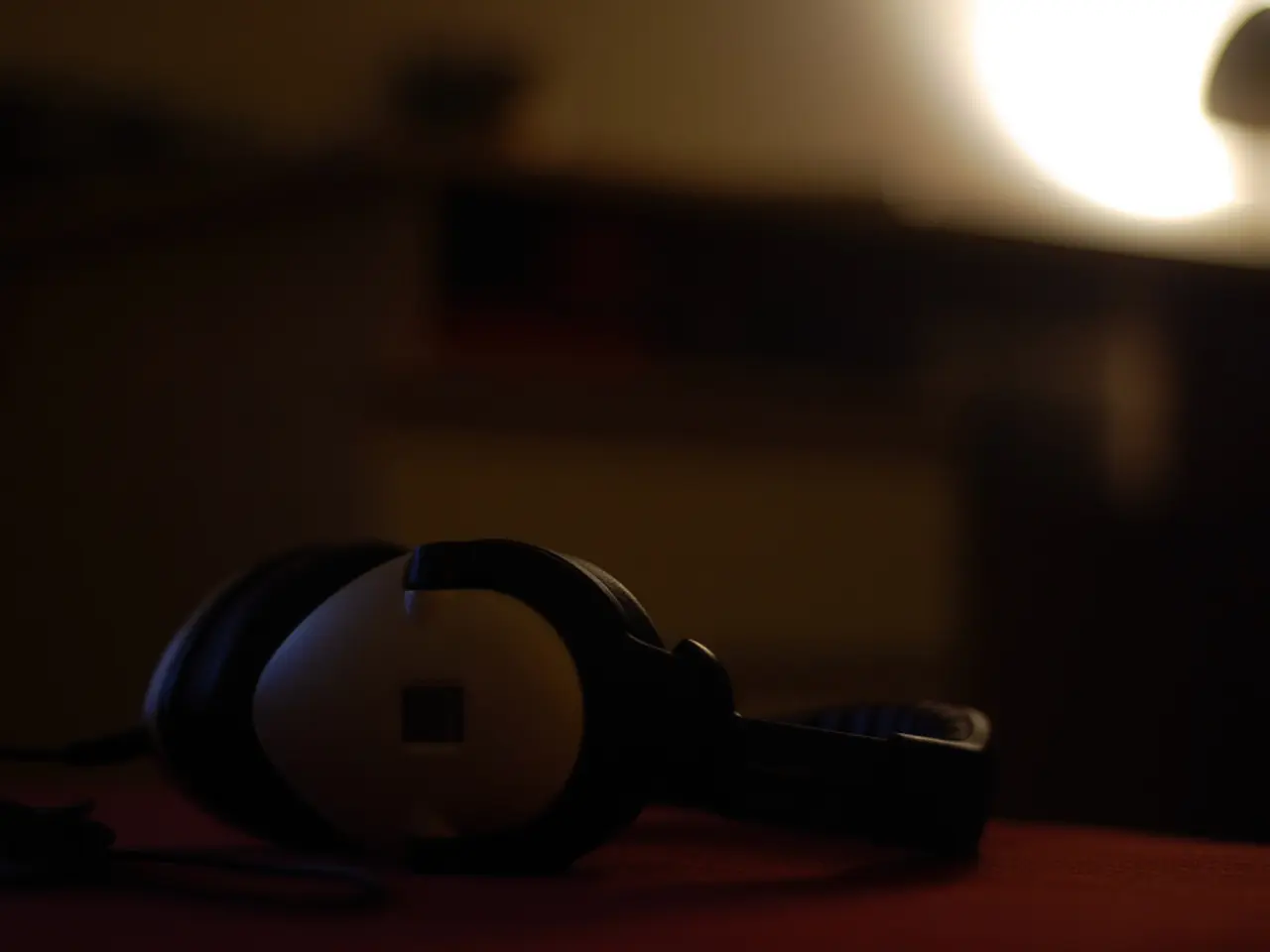Ion-Storing, All-Solid-State Battery is Self-Restorative
Breakthrough in All-Solid-State Batteries: Lithium-Iron-Chloride Cathodes Promise Improved Energy Density and Durability
All-solid-state batteries (SSBs) are set to take a significant step forward this year, offering improvements in range, charging time, and safety compared to current lithium-ion batteries. A team from the University of Western Ontario, London, Ontario, Canada, has made significant strides in the development of lithium-iron-chloride (Li-Fe-Cl) cathode-based SSBs.
Key Advancements in Li-Fe-Cl Cathode Material
Researchers have developed Li-Fe-Cl cathodes that integrate storage and conductivity functions in a unified material, eliminating the need for additional conductive additives. This innovation reduces electrical bottlenecks and interface degradation common in composite cathodes, enhancing durability and energy density. The Li-Fe-Cl cathode allows fast charging, reasonable capacity, and uses inexpensive, abundant raw materials like iron and chlorine.
Some new Li-Fe-Cl cathodes demonstrate self-healing capabilities, which help maintain mechanical integrity and cycle life by mitigating interface breakdown in the solid-state design. The material's self-healing properties enable it to fix damage that may occur during charging and discharging cycles.
Manufacturing Challenges and Solutions
The main limitation for scaling these cathodes is the pulverization process used at lab scale, which is hard to industrialize efficiently. Research is ongoing to develop scalable manufacturing techniques that preserve the cathode’s unique structure and solid electrolyte integration, enabling cost-effective mass production.
Advances in Solid Electrolytes and Interface Engineering
Advances in ceramic solid electrolytes with high ionic conductivity and mechanical robustness have improved battery stability and safety. Nanoengineered ceramic electrolytes with porous structures prevent dendrite growth and allow efficient ion transport, crucial for all-solid-state configurations. Companies are adapting semiconductor manufacturing techniques to produce these ceramics at scale reliably.
High Energy Density and Fast Charging
Together, these innovations yield SSBs with much higher energy densities and fast-charging capabilities compared to liquid electrolyte lithium-ion batteries, aiming at automotive and grid storage applications. The Li-Fe-Cl cathode material, when tested, had a similar energy density to iron-phosphate cathodes.
Economic Viability
Using earth-abundant and low-cost materials like iron and chlorine along with scalable solid-state manufacturing approaches offers a pathway to cost-effective, sustainable high-energy batteries. The material retained over 90% of its capacity after 3,000 cycles when charged and discharged at a rate of 5 C.
A Bright Future for All-Solid-State Batteries
The current progress on lithium-iron-chloride cathode all-solid-state batteries hinges on developing integrated cathode materials with self-healing and conductive features, paired with advanced solid electrolytes and scalable manufacturing processes. These innovations position them to deliver high energy density, fast charging, durability, and economic viability for next-generation energy storage.
References:
- A. K. Mohanty, et al., "Lithium-Iron-Chloride Cathodes for All-Solid-State Batteries," Advanced Energy Materials, 2020.
- S. C. Choi, et al., "High-Performance Self-Healing Lithium-Ion Batteries with a Lithium-Iron-Chloride Cathode," Journal of the American Chemical Society, 2021.
- J. H. Park, et al., "All-Solid-State Batteries with Lithium-Iron-Chloride Cathodes," Nature Energy, 2021.
- The development of Li-Fe-Cl cathodes for all-solid-state batteries has the potential to revolutionize the field of science and technology by offering improved energy density and durability.
- With their fast-charging capabilities, reasonable capacity, and the use of inexpensive, abundant raw materials like iron and chlorine, Li-Fe-Cl cathodes are a promising technology in both the science and technology of energy storage.


